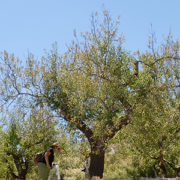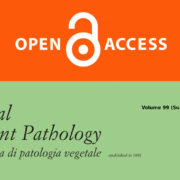EFSA scientific review finds no evidence of the presence of multiple sequence types of Xylella in Apulia
The Panel on Plant Health of the European Food Safety Authority (EFSA) has released an official opinion addressing the question of whether different sequence types of X. fastidiosa exist in Apulia, Italy. The document, entitled ‘Statement on diversity of Xylella fastidiosa subsp. pauca in Apulia’ has been published on 18, August in the current issue of EFSA Journal.
According to recently available scientific evidence examined by the 21 scientists, members of the International Panel, there is no proof that multiple types of Xylella fastidiosa are present in Apulia, where a disease outbreak is affecting olive trees and other plants.
A single study, by Elbeaino et al. (2014) raised questions that multiple genetic types of X. fastidiosa were present in the Apulian area. However, EFSA’s plant health experts agreed that there is currently no evidence to support this hypothesis.
To reach its conclusion, the EFSA’s Panel on Plant Health reviewed the latest scientific literature, observing that all the papers concluded that DNA samples collected from olive trees and other plants belong to the same sequence type, called “ST53”. DNA sequencing data retrieved from samples collected in the region were further analysed by the Panel, using a dedicated database established in 2005 and that contains the DNA sequences of nearly 300 X. fastidiosa samples. The Panel highlighted that further studies, based on larger sample sizes, and including an analysis of complete X. fastidiosa genome sequencing, are needed to provide more comprehensive answers on this issue.
The complete document is publicly available for download and has been published on EFSA Journal 14(8):4542.









